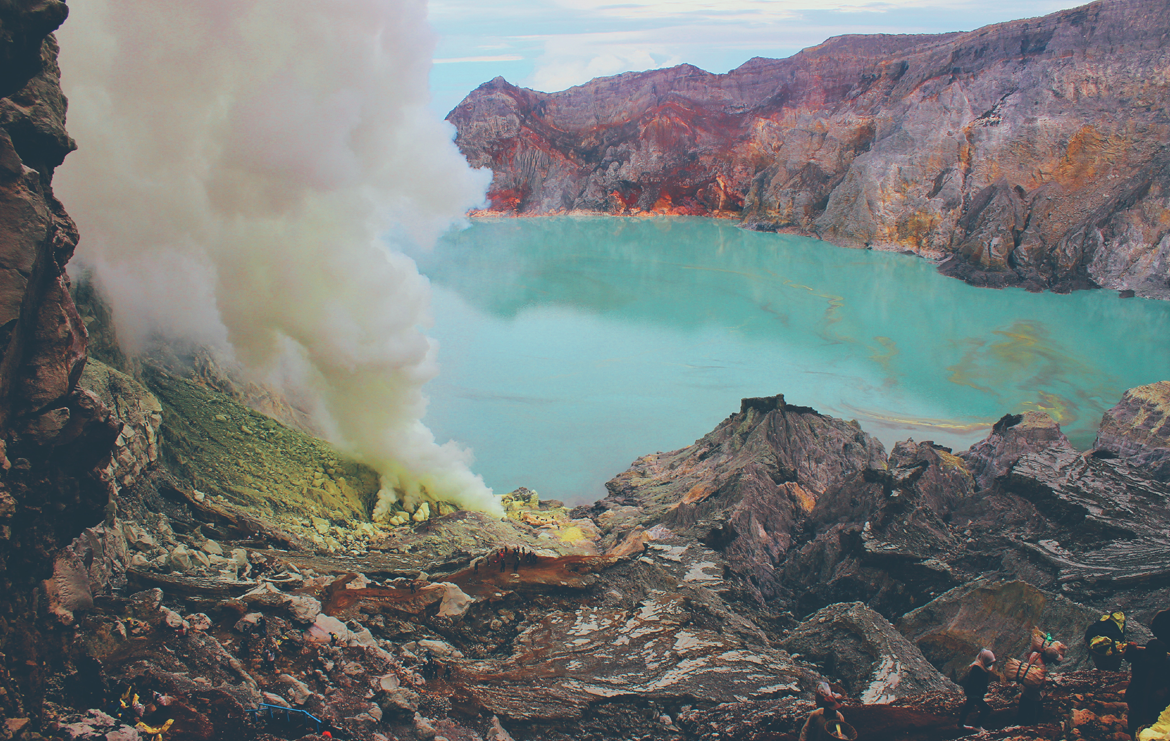Crater Lake National Park: Location And Expectations
Crater Lake National Park is one of the most widely known places in Oregon. Visitors from across the country, and the world, usually flock here to marvel at some of the most spectacular views that exist in America. We wrote earlier on some best places to visit in Oregon, and Crater Lake National Park rightly deserves its place near the top of any list. Its water is strikingly blue and creates an ambience that fascinates everyone who sees it.
If you are thinking of visiting this park, here is some information that you are sure to find helpful.
Location
 This lake is located in South Oregon, 100 miles east from the Pacific Ocean. If you are coming from the Californian border then you’ll travel 110 miles on the I-5 to reach Crater Lake. If you are coming from the south-east, then you’ll have take highway 97 north, to highway 62. Then follow highway 62 until you reach the Annie Springs Entrance station. However, you should ensure that you do proper research before embarking on the journey. For example during snowy and icy conditions some roads may be temporarily closed to facilitate plowing.
This lake is located in South Oregon, 100 miles east from the Pacific Ocean. If you are coming from the Californian border then you’ll travel 110 miles on the I-5 to reach Crater Lake. If you are coming from the south-east, then you’ll have take highway 97 north, to highway 62. Then follow highway 62 until you reach the Annie Springs Entrance station. However, you should ensure that you do proper research before embarking on the journey. For example during snowy and icy conditions some roads may be temporarily closed to facilitate plowing.
It’s located on over 183,000 acres which are composed of forests, the lake and other volcano remnants. This lake is estimated to have been formed over 7,700 years ago when a volcanic mountain, Mt. Mazama erupted. After the eruption, it collapsed and formed a caldera which, later on, filled up with water to become a lake.
What To Expect
Desert Of Pumice
Crater Lake National Park is not just home to a lake and a forest, there is also a pumice desert located here. The pumice is evidence of the explosive volcanic eruption of Mt. Mazama. During the eruption, a lot of ash was shot out by the mountain and covered the area that is now the pumice desert.
The desert is similar to other deserts around the world. The soils are porous and can’t allow anything to grow apart from rugged plants that have adapted to such conditions.
The Pinnacles
 This is a must-go site on the lake. The pinnacles refer to several rocks which are needle-like in appearance and are located in the Sand Creek Canyon. These solid forms are said to have once been vents for the gas and steam that was below the canyon. As time went by, the rising heat slowly solidified the ash present in these vents to create the pinnacles as we see them today.
This is a must-go site on the lake. The pinnacles refer to several rocks which are needle-like in appearance and are located in the Sand Creek Canyon. These solid forms are said to have once been vents for the gas and steam that was below the canyon. As time went by, the rising heat slowly solidified the ash present in these vents to create the pinnacles as we see them today.
No Rivers
Crater Lake is an expansive lake and people would be tempted to ask where the water comes from or goes to. In this case, there are no inbound streams or outbound streams. The lake merely survives from the action of precipitation, evaporation and condensation. This is the main reason that it has been able to keep its deep blue nature for such a long time.
Snow-Covered Park

Crater Lake is usually covered by snow for around 8-9 months of the year. The only times when there is no snow cover in the park is during the months of July -September (though there are times when snow cover extends even into July). The snowfall in this region averages 44 feet.
There have also been cases of the lake being completely frozen (though this is quite rare). The last time such an observation was made was in 1949.
Cleetwood Clove Trail
 There are many trails in Crater Lake, however this trail is among the most significant. If you manage to follow the trail to the end you’ll reach the only point in the entire lake where people are allowed to swim. Visiting Crater Lake by trail gives you a chance to slow down and truly appreciate what there is to see. Nature has inspired a whole genre of poets, and we think this quote by Ralph Waldo Emerson sums up nicely why exploring an area by trail shows how the spirit of nature feeds the human spirit:
There are many trails in Crater Lake, however this trail is among the most significant. If you manage to follow the trail to the end you’ll reach the only point in the entire lake where people are allowed to swim. Visiting Crater Lake by trail gives you a chance to slow down and truly appreciate what there is to see. Nature has inspired a whole genre of poets, and we think this quote by Ralph Waldo Emerson sums up nicely why exploring an area by trail shows how the spirit of nature feeds the human spirit:
“Adopt the pace of nature: her secret is patience.”

